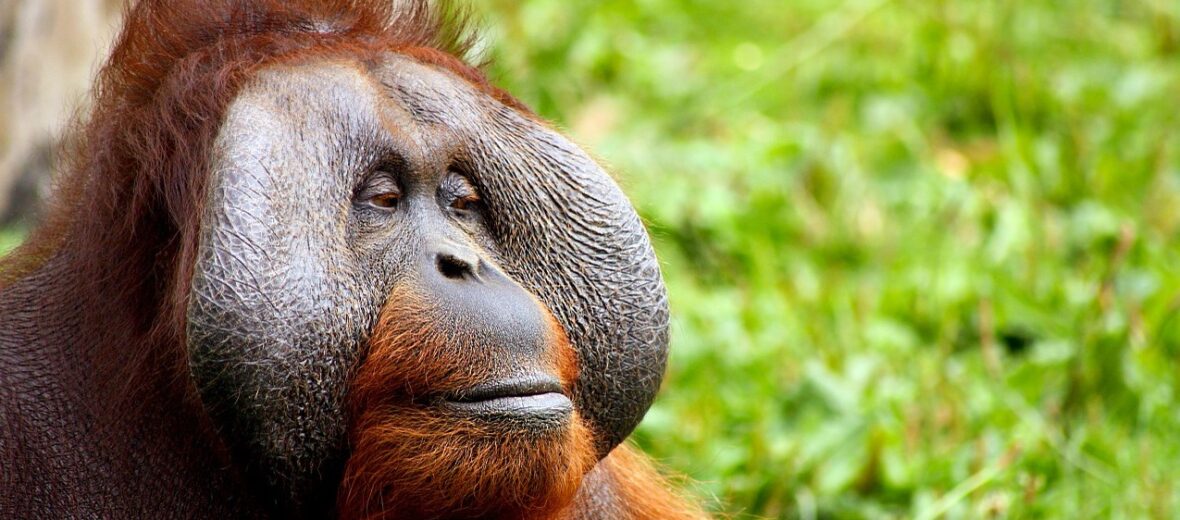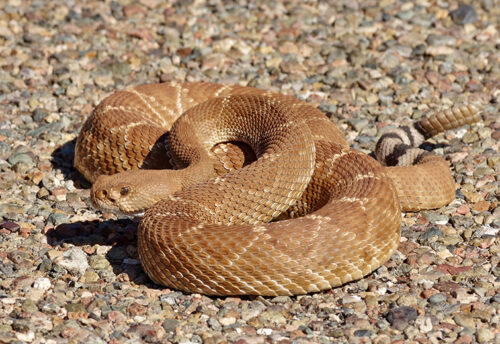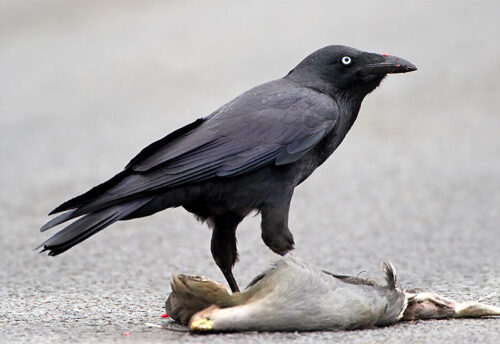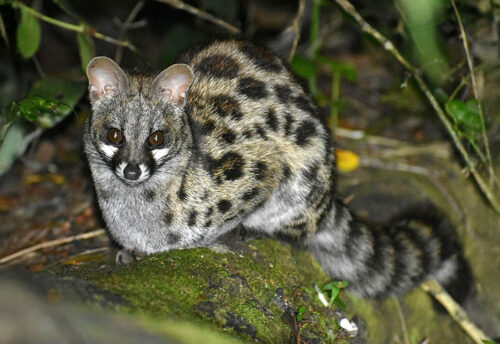
The orangutan is a great ape, like gorillas, chimpanzees, bonobos, and yes… humans. There are 3 known species of orangutans: the Sumatran, the Bornean, and the Tapanuli. These great apes are only found on the islands of Sumatra and Borneo. Sadly, due to human means, these beautiful creatures are moving closer and closer to extinction. Activities such as logging, palm oil plantations, forest fires (set intentionally to clear the way for palm oil plantations), and poaching have driven them to the status of Critically Endangered, as classified by the IUCN. To date, close to 97% of orangutans have been killed or removed from their habitat!
First the Stats…
Scientific name: Pongo
Weight: Up to 220 lbs.
Height: Up to 4.6 feet
Lifespan: Up to 45 years
Now on to the Facts!
1.) In the Malay and Indonesian language, orang means “person” and utan comes from hutan, and translates to “forest.” So orangutan translates to “person of the forest”.
2.) They are the only great apes found in Asia.
3.) Orangutans are the world’s largest arboreal (spends most or all of their lives in trees) mammals.
4.) An orangutan has an arm span of over 7 feet, from fingertip to fingertip!
5.) Most males have large cheek pads, called flanges, that form rigid half-circles on either side of their face. These are typically larger than females.
But wait, there’s more on the orangutan!
6.) Just like humans, orangutans have 4 fingers and a thumb, plus fingernails. Their feet look almost identical to their hands and have evolved for climbing and gripping.
7.) When males fight, they will charge at each other and break off branches. If that doesn’t do the trick, they will wrestle and bite one another.
Did you know…?
Male orangutans will produce long calls towards the direction they plan to travel the next day. This alerts other members of their community of their intention to travel, potentially, through their territory.
8.) Young orangutans will stay with their mom until they reach approximately 7 years of age. They use this bonding time to learn everything they need to know to survive on their own. This includes how to build a nest, how to climb, and even what food is safe to eat.
9.) Females only give birth every 7 – 9 years, to just 1 child (rarely do they birth 2). This is the longest gap of all land mammals, sans humans.
10.) Orangutans have been seen eating a variety of over 300 different types of fruit!
But wait, there’s still more on the orangutan!
11.) The males have large throat pouches that they use to create loud calls which can be heard up to 1.2 miles away!
12.) An orangutan can build its nest in about 10 minutes flat. They do so by pulling together several large branches. They then use smaller branches for a mattress and hold the structure together by weaving in more young branches. When it is raining, they will often add a roof to their nest. They make a new nest each night.
Did you know…?
Orangutans have been known to observe humans using boats to cross rivers and then duplicate their actions, untying the boat and riding it across the river as well.
13.) Some Sumatran orangutans have evolved to use tools. They have been observed using sticks to get termites, ants, or bees out of tree holes. These clever creatures have even been seen making a glove out of leaves when handling prickly fruits and thorn covered branches.
14.) While fruit makes up 60% of their diet, things like tree bark and soil will be consumed as well.
15.) There is a large spiky fruit called a durian that is a favorite of orangutans. It’s known for its stink, which has been said to smell of sewage, rotting flesh, and stinky socks.
Now a Short Orangutan Video!
Also, check out the Critter Science YouTube channel. Videos added frequently!
Want to suggest a critter for me to write about? Let me know here.



